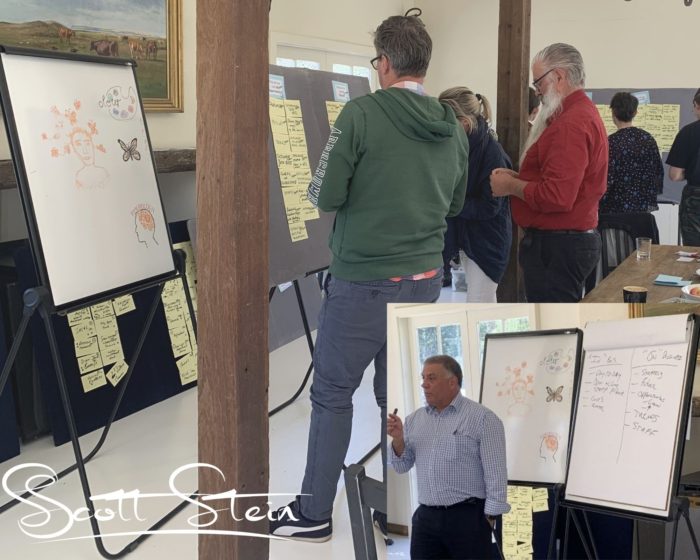Everything is going too fast, times are changing and things are getting more complex. We are being bombarded by more and more information and technology and it often feels like we are barely able to keep our heads above water. This is leading many staff to hesitate and question what they are doing and this leads to disruption occurring at an individual mental level, then add COVID19 on top of this creating even more uncertainty.
These feelings are not new. Rapid change, new technology and the need to continue to adapt to new situations are things that have always happened throughout time. It just feels this way to us because we are often limited to tunnel vision looking forward.
So what do you do?
Often when we get faced with this stress and pressure, we stop thinking. We go into autopilot and often we stop looking for other ways to leverage our time or do things differently. We need to get back onto our Critical Path and stop being distracted by other trivial activities that are eating up our valuable time. This is even more important if you are a leader with a team of people that are faced with this ongoing internal disruption.
In a recent conversation with a Senior Manager, he described to me the pressure that he and his team were experiencing. It was as if they were stuck on a treadmill that was continually speeding up, with no end in sight. He was noticing an increase in sick leave as well as his were people becoming ‘numb’ because of the overload.
I was impressed with his solutions to get them back on track. He changed up his team meetings and made them more of an individual check in than a typical dry reporting meeting. He changed 2 simple things. The first was a quick whip around at the beginning of the meeting that allowed each of his team members to share where their energy level was on a scale of 1 to 10 (10 being great). Then he asked them what he or others could do to help them improve their score. The second thing he did occurred after the meeting. Within 60 minutes of the meeting he made a special effort to check in with those that had scored their energy low and did something to try to help them improve. Sometimes it included simple things like bringing them a coffee or just asking them how their kids were doing. What he noticed was that this follow up support started to decrease the internal disruption that his people were feeling.
Actions to Focus your Internal Disruption:
- Individually. Take the time to map all of your current activity onto paper (or a tablet), just get it out of your head so you can identify the tasks. Then use a prioritisation system to get back onto your critical path (there are plenty of methods out there, you just need to use them!) Also make sure that you are consistent with your physical movement. As human beings one of the best ways to manage our internal stress is through movement, going for a walk, jog, swim, bike ride.
- With Your Team. Take the time to check in with others. If you notice that they are facing huge stress and internal disruption do something to let them know that you care and are there to support them. This can be something as simple as recognising their efforts with small things (gifts, lunch, movie vouchers) or encouraging them to get moving physically. Try having your next meeting with them whilst walking and moving during your discussion (Steve Jobs used this method and he was able to accomplish many things).
Don’t let internal disruption get you off path. Stay focused and actively commit to your Critical Path and don’t forget to have some fun along the way.
I have developed a new Leadership Efficiency Program that is designed to help you get more things done and mobilise your people in a 90 day Format. If you would like to find out more in a free 20 minute consultation, please click on this link to organise a chat.









